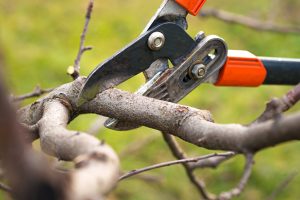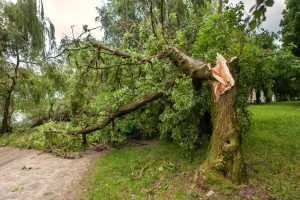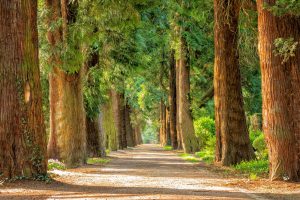Your yard’s trees are a few of the things that make your home stand out amongst the others. Your home’s trees are unique and beautiful. They provide shade in the summertime and shelter.
You enjoy spending time outdoors with your family and appreciate how much your trees do for you and your yard, but did you know that trees are prone to illness? That’s right! Your trees can catch tree bark diseases and infestations.
If you don’t pay close enough attention to your trees, they can become ill to the point of complete decay. To save your trees and keep them safe for years to come, you should know how to identify tree diseases and bug infestations.
Knowing the signs is the first step. Once you’re able to identify a problem, you can then correct it. Here’s what you need to know!
Identifying Diseases
There are several different types of diseases that trees can catch. These diseases can be transferred from one tree to another by animals, insects, and other things as well. Know how to identify some of the popular tree diseases to help keep your tree healthy.
1. Bark’s Peeling
It’s not uncommon for small sections of your tree’s bark to peel off every now and then. This is a normal part of your tree’s life, however, if you notice large pieces or sections of bark peeling off, then it’s time to worry.
Your tree’s bark is what protects the core of the tree. It keeps your tree healthy by helping it maintain all of its necessary nutrients. When the bark begins to fall off, your tree is now losing its protection and nutrients.
2. Mildew Growth
Mildew growth on your tree is a sure sign of an unhealthy environment. If you notice a whiteish, powdery mold on your tree’s leaves, then this is a sign of disease that shouldn’t be taken lightly.
When the weather brings high humidity levels, this type of mold is more common. Along with visible mold on your tree’s leaves, you can also expect your tree’s leaves to be distorted. A stunt in tree growth is also expected after finding this mold.
Before the mold grows to cover the entire leaf, it starts out as small white spots. Catching the mold in its earliest stages is always best, so be on the lookout for those.
3. Grey Fungus
Noticing grey fungus growths is a sign of Fomes Fomentarius. This fungus is grey in color and is hard to the touch. If you take a minute to look under the hoof-shaped fungus, you’ll find tiny white pores everywhere.
Once you notice this fungus growing on your tree, you can expect it to continue growing until it’s completely removed.
4. Leaves with Spots
Leaf rust looks as you would imagine it to: like rust spots on the leaves. All tree species are capable of developing leaf rust. The spots on the leaves are yellowish, orangish, with hints of brown or black.
Leaf rust affects your tree because the leaves won’t be able to make food from the sun as they should. The end result is a weakened tree, which is then susceptible to other issues.
5. Seeping Fluids
Trees create sap and sap can be found within your tree. It’s normal to notice tree sap here and there, but fluids seeping out of your tree is something to be worried about. Alcoholic slime flux is a tree disease that causes the tree to seep fluids.
These fluids cause dark streaks to appear down your tree’s trunk. In worst cases, the tree will even begin to seep excessive amounts of fluids until there’s a pool around the base of the tree.
Identifying Bug Infestations
Unfortunately, diseases aren’t the only thing that can cause a tree bad health. Bug infestations are another worry that you have when it comes to protecting your tree. Here’s what you need to know.
1. Dry Foilage
If a mite infestation is effecting your tree, then you’ll begin to see dry foliage. Mites live off of the juices inside trees and plants, and they’ll suck it dry. In return, the foilage on your tree will become dried out, curled, and dead.
2. Chewed Foilage
If you notice that your tree’s foliage has been chewed, then this could be another sign of a bug infestation. There are several types of insects that love to nibble on leaves. Identifying the type of insect can be done by looking at the chew marks or how the leaves were eaten (left only the stem, made a few holes, and more).
3. Visible Holes
Noticing visible holes in your tree’s trunks and branches could mean that there are insects eating through it. The larvae of wood-boring insects dig through tree bark.
When the insect lays eggs inside your tree’s bark, the larvae will hatch and begin boring through your tree’s bark. When this happens, your tree is unable to get the water and nutrients it needs, causing large sections of bark to die.
4. White Masses
White masses of a cotton-like substance are caused by several different types of small insects. These masses can be the egg sacks of the insects or the insects themselves. They feed off of the fluids found within plants and will cause the tree or sections of the tree to die.
5. Black Mold
Some insects release a “honeydew” that rests on your tree or on your tree’s leaves. Mold can then begin to grow on this substance. If you notice black mold anywhere on your tree, then you might have a bug infestation.
The black mold that you see is most likely growing on this substance left by the insects.
Notice Any Tree Bark Diseases Yourself?
Have you noticed any tree bark diseases on your tree? If so, it’s time to call in the professionals!
Click here to contact us today and allow us to handle all of your tree’s issues!





